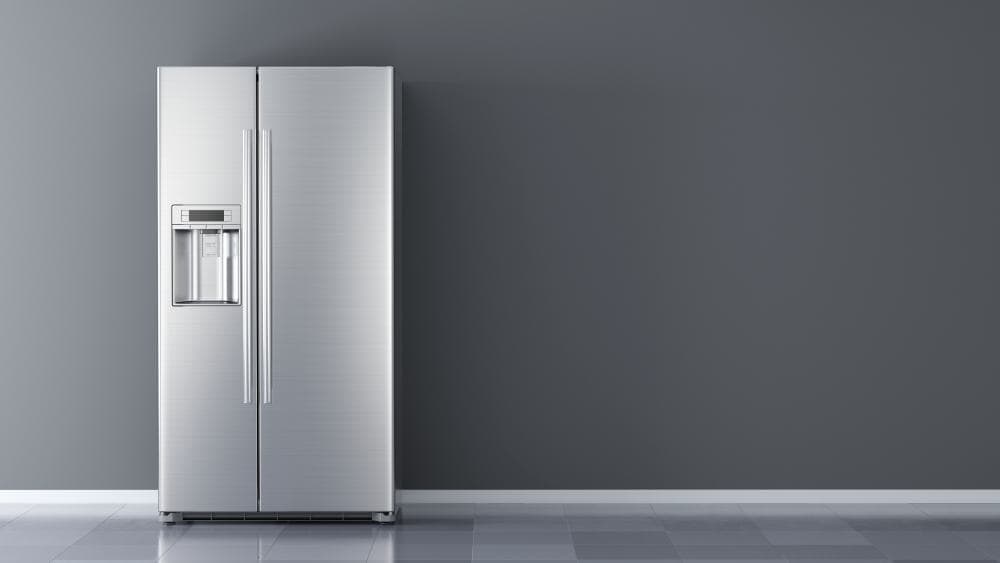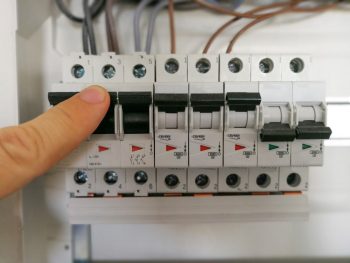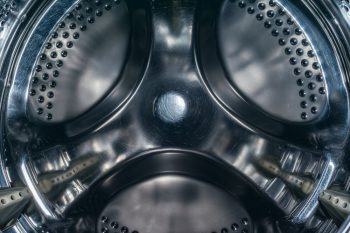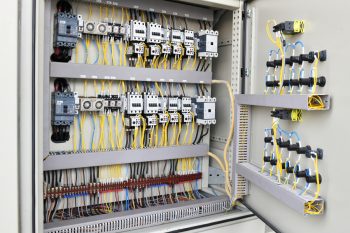
Your refrigerator is a workhorse that runs 24/7 to keep your food fresh. But did you know that its efficiency can be compromised by dust and grime build-up on its compressor coils? Today, we’ll guide you through the process of cleaning compressor coils in a fridge, ensuring that your appliance runs optimally, saves energy, and lasts longer.
Cleaning compressor coils in a fridge involves unplugging the fridge, locating the coils, using a vacuum cleaner to remove dust and debris, brushing away stubborn dirt with a condenser coil brush, vacuuming again to remove remaining dust, cleaning any grease build-up with a warm water and vinegar mixture, and then reattaching any removed panels and plugging the fridge back in. Regular cleaning of these coils improves energy efficiency, cooling, and the lifespan of your fridge.
Understanding Compressor Coils in a Fridge
Before we dive into the cleaning process, let’s understand what compressor coils are and their role in refrigeration. Compressor coils, also known as condenser coils, are located either at the back or bottom of the refrigerator. Their primary purpose is to cool the refrigerant that flows through them, releasing heat out of the refrigerator. They work in tandem with the evaporator coils inside the fridge that absorb heat, maintaining the desired temperature inside your fridge.
Importance of Cleaning Compressor Coils
Cleaning compressor coils in a fridge is essential for several reasons:
- Energy efficiency: Clean coils can save up to 11% on average in energy costs, as dirty coils force the fridge to work harder.
- Optimal cooling: Dust-covered condenser coils can’t expel heat efficiently, leading to higher temperatures inside the refrigerator compartment.
- Extended lifespan: Regular cleaning can prevent breakdowns and prolong the life of your refrigerator.
- Reduced strain on the compressor: Dirty coils put extra pressure on the compressor, potentially leading to premature failure.
How to Clean Compressor Coils in a Fridge
Tools and Supplies Needed
Here’s what you’ll need:
- Vacuum cleaner with a brush attachment
- Refrigerator coil brush
- Soft cloth or microfiber towel
- Flashlight (optional)
- Can of compressed air (optional)
Step-by-Step Instructions
- Disconnect power supply: Unplug the fridge from the wall socket for safety.
- Locate the coils: The coils are usually located either underneath or at the back of the refrigerator. You may need to remove a panel or grill to access them.
- Initial vacuum: Use your vacuum cleaner to remove dust and debris from the coils.
- Brush away debris: Use a long-handled condenser coil brush to gently brush away any stubborn dirt and debris from the coils.
- Final vacuum: Vacuum the area again to remove any remaining dust and dirt.
- Optional grease build-up removal: If there’s grease build-up on the grill, clean it with a warm water and vinegar mixture.
- Return to position: Reattach any panels that were removed, plug the fridge back in, and move it back into its original position.
Precautions and Mistakes to Avoid
While cleaning the compressor coils, ensure you disconnect the power supply, use appropriate tools, and work gently to avoid damaging the coils. Clean regularly, wear a dust mask for protection, and use compressed air if needed.
Common mistakes to avoid include not turning off the power, using the wrong tools, working against the grain, not cleaning regularly, ignoring other components, not consulting the manual, forcing the refrigerator, and not reassembling properly.
Signs that Compressor Coils Need Cleaning
Inefficient cooling, longer and more frequent compressor run times, an overworked compressor, higher energy bills, and a shortened fridge lifespan can all indicate that your fridge’s compressor coils need cleaning.
Cleaning your refrigerator’s compressor coils is a simple maintenance task that can save you money and extend the lifespan of your appliance. So, roll up your sleeves and give your fridge the care it deserves!
Frequently Asked Questions
How often should I clean the compressor coils in my fridge?
Ideally, compressor coils should be cleaned every 6-12 months. However, if you have pets that shed or your home is particularly dusty, you may need to clean the coils more frequently.
Is it safe to clean the compressor coils myself?
Yes, it is safe to clean compressor coils yourself as long as you follow safety precautions. Always unplug your fridge before you start and be gentle to avoid damaging the coils.
What if I don’t have a refrigerator coil brush?
If you don’t have a refrigerator coil brush, you can use a soft brush attachment on a vacuum cleaner. However, a coil brush is designed to reach into the narrow spaces between the coils, making it the most effective tool for this task.
What can I do if the coils are very dirty and vacuuming doesn’t remove all the dirt?
If vacuuming doesn’t remove all the dirt, you can use a can of compressed air to blow out the remaining debris. Remember to vacuum again after using compressed air to remove any dirt that’s been dislodged.
What should I do if I notice damage to the coils while cleaning?
If you notice any damage to the coils, such as bends or cracks, it’s best to contact a professional for repair. Damaged coils can affect the efficiency of your fridge and could potentially lead to more serious problems.












